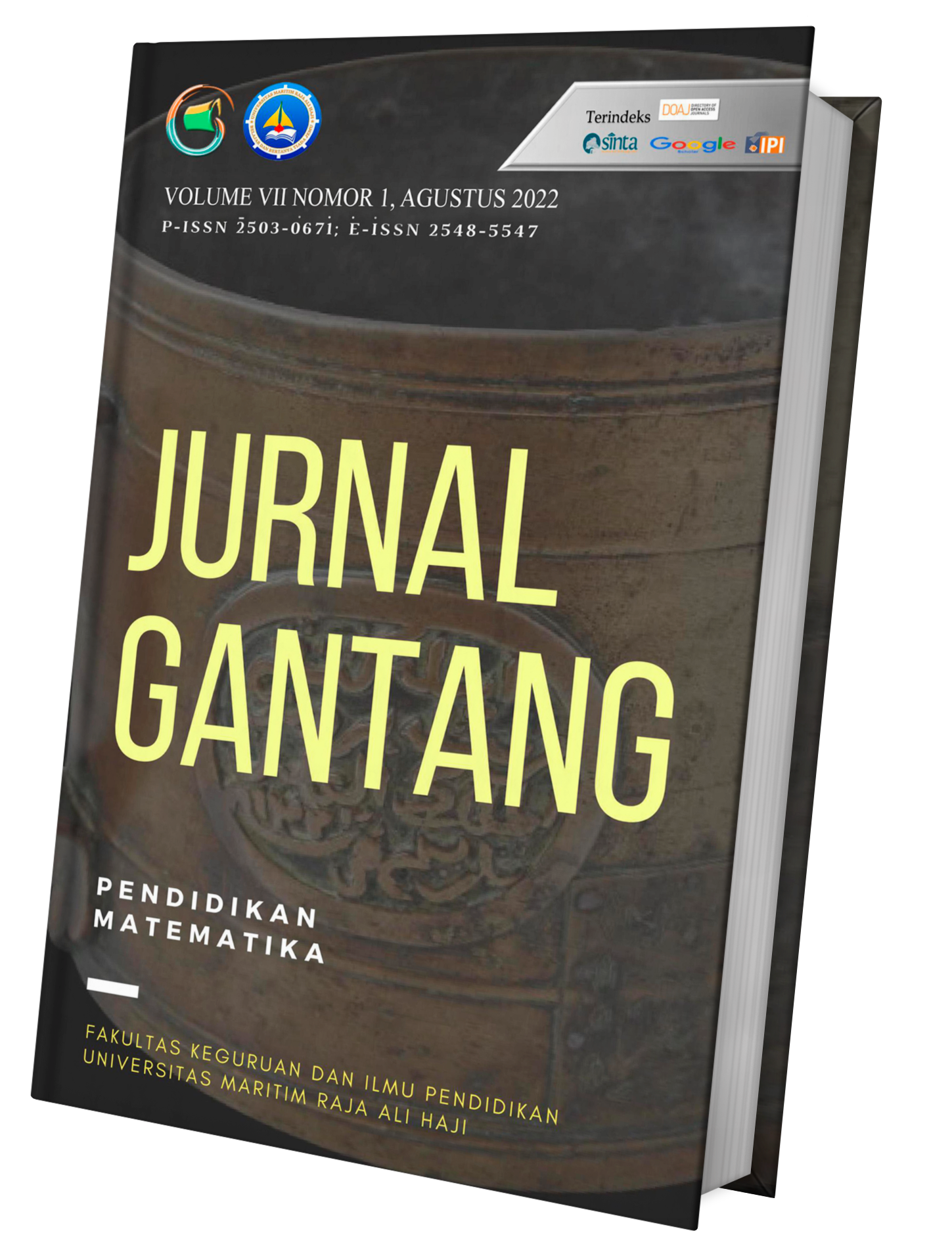Effects of Teaching Students through Problem-Solving on Students’ Academic Performance in Problem-Solving
DOI:
https://doi.org/10.31629/jg.v7i2.5314Keywords:
problem solving, academic performance, cooperative learning, critical thinkingAbstract
The study aimed to determine how teaching students problem-solving techniques affected their academic problem-solving performance. A quasi-experimental research design was used for this study. The BIA Lamplighter College of Education's level 400 students make up the population for the 2022–2023 academic year. However, all upper primary students were chosen for the study because Problem-solving was a subject taught in that grade. There were three groups of 126 upper primary students in total. Intact groups were used in the study. The problem-solving technique was used in conjunction with the whole class, cooperative, and think-pair-share teaching methods while teaching Groups 1, 2, and 3 (G1, G2, and G3). Scores from the pre-and post-tests were used to gather information. The data were analyzed using ANOVA, Wilcoxon Signed Ranks, Kruskal-Wallis Test, both Wilcoxon W and Mann-Whitney U. The study's conclusions suggest that teaching through Problem-solving may enhance students' problem-solving abilities. The study also discovered that both students taught using whole-class teaching strategies and students led using cooperative learning and think pair teaching strategies benefit from the techniques. After using the "teaching through" problem-solving approach, there was no discernible difference in performance between male and female students.
Downloads
References
Adeleke, M. A. (2007). Gender disparity in mathematical performance revisited: can train in problem-solving bring difference between boys and girls? Essays in education, 21(1), 1.
Anderson, J. (2014). Mathematics Curriculum Development and the Role of Problem-solving. January 2009.
Fard, A. E., Bahador, A., Moghadam, M. N., Rajabi, H., & Moradi, A. N. (2014). The possible impact of problem-solving method of instruction on exceptional students’ creativity. 2(3), 60–68. https://doi.org/10.11114/jets.v2i3.342
Fidan, M., & Tuncel, M. (2019). Integrating augmented reality into problem-based learning: The effects on learning achievement and attitude in physics education. Computers & Education, 142, 103635.
Hossain, A., & Ahmad, R. (2013). Effects of cooperative learning on students’ achievement and attitudes in secondary mathematics. Procedia - Social and Behavioral Sciences, 93, 473–477. https://doi.org/10.1016/j.sbspro.2013.09.222
Huang, S. Y., Kuo, Y. H., & Chen, H. C. (2020). Applying digital escape rooms infused with science teaching in elementary school: Learning performance, learning motivation, and problem-solving ability. Thinking Skills and Creativity, p. 37, 100681.
Intaros, P., Inprasitha, M., & Srisawadi, N. (2014). Students’ problem-solving strategies in problem-solving - mathematics classroom. Procedia - Social and Behavioral Sciences, 116, 4119–4123. https://doi.org/10.1016/j.sbspro.2014.01.901
Istiyono, E., Mustakim, S. S., Widihastuti, W., Suranto, S., & Mukti, T. S. (2019). Measurement of physics problem-solving skills in female and male students by phystepross. Jurnal Pendidikan IPA Indonesia, 8(2), 170-176.
Joaquin, C. J. A. (2022). A Guided-discovery approach to problem-solving: an explicit instruction. 6(5), 7781–7787.
King, B. (2019). Using Teaching Through Problem-solving to Transform In-Service Teachers’ Thinking about Instruction. 1(April), pp. 169–189.
Klang, N., Karlsson, N., Kilborn, W., Eriksson, P., Karlberg, M., & Holmes, K. (2021). Mathematical problem-solving through cooperative learning — the importance of peer acceptance and friendships. 6(August), 1–10. https://doi.org/10.3389/feduc.2021.710296
McCormick, N. J., Clark, L. M., & Raines, J. M. (2015). Engaging students in critical thinking and problem-solving: a brief review of the literature. 5(4), 100–113. https://doi.org/10.5296/jse.v5i4.8249
Syafii, W., & Yasin, R. M. (2013). Problem-solving skills and learning achievements through problem-based modules in teaching and learning biology in high school. Asian Social Science, 9(12), 220.
Van de Walle, J. A., Karp, K. S., & Bay-Williams, J. M. (2010). Elementary and middle school mathematics (7th ed.). Pearson
Zhu, Z. (2007). Gender differences in mathematical Problem-solving patterns: A review of literature. International Education Journal, 8(2), 187–203.


















